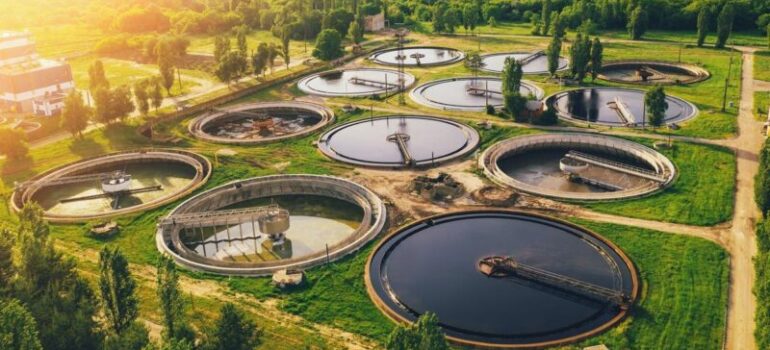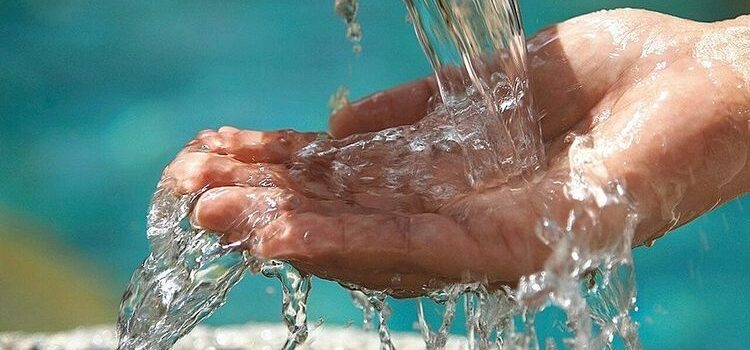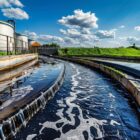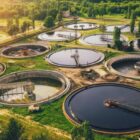Drinking Water Treatment Technologies: How Science Keeps Our Water Safe
Clean water is essential, but most of us rarely think about what goes into making it safe to drink. Behind every tap is a combination of science, technology, and careful management.
1. Conventional Treatment
The classic method still used in most water plants involves: Coagulation & Flocculation – chemicals make tiny particles clump together; Sedimentation – heavy particles sink, leaving clearer water above; Filtration – sand, gravel, or carbon filters remove finer impurities; and Disinfection – chlorine or similar agents kill harmful microbes.
2. Membrane Technologies
Modern plants often use membranes for precise filtration: Microfiltration & Ultrafiltration remove bacteria and protozoa, while Nanofiltration & Reverse Osmosis (RO) remove salts, metals, and even viruses -essential for desalination.
3. Advanced Disinfection
Besides chlorine, technologies like UV light, ozone, and chlorine dioxide kill bacteria and viruses while reducing chemical by-products.
4. Activated Carbon & Advanced Oxidation
Activated Carbon removes odors, bad taste, and chemicals, while Advanced Oxidation Processes (AOPs) break down tough pollutants like pharmaceuticals and microplastics using ozone, UV, or hydrogen peroxide.
5. Sustainable & Emerging Methods
Biofiltration, solar disinfection, and hybrid systems are helping make water treatment more eco-friendly and energy efficient.
Water treatment is evolving to tackle modern challenges from microplastics to antibiotic-resistant bacteria. Every glass of water you drink represents a carefully designed journey from raw to safe.









